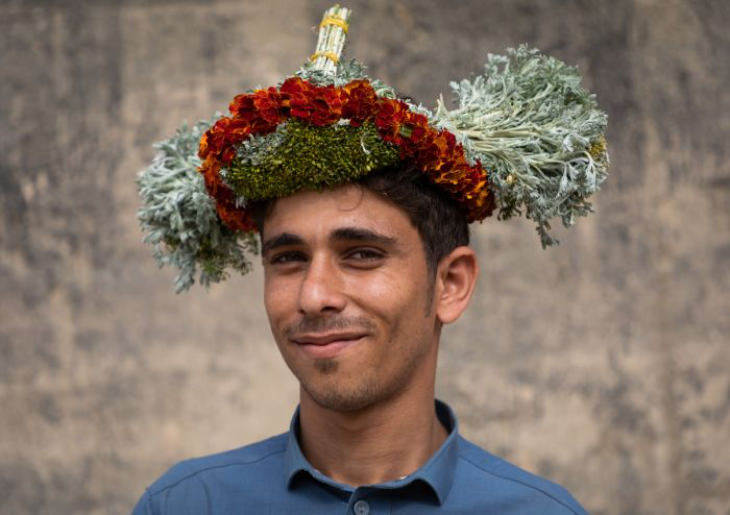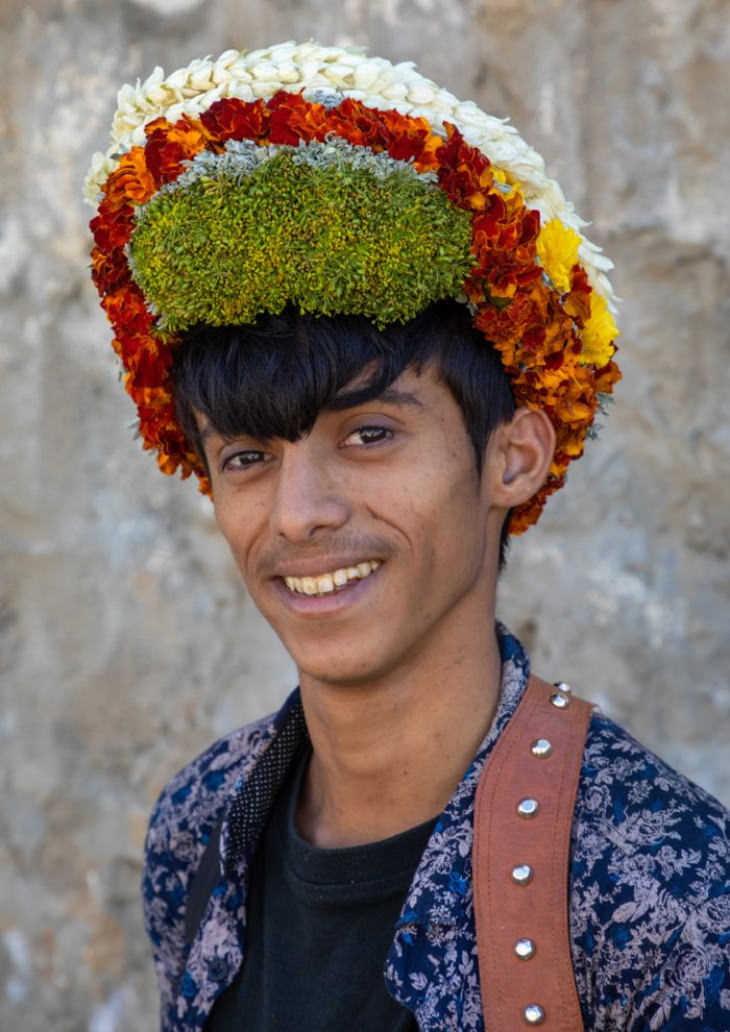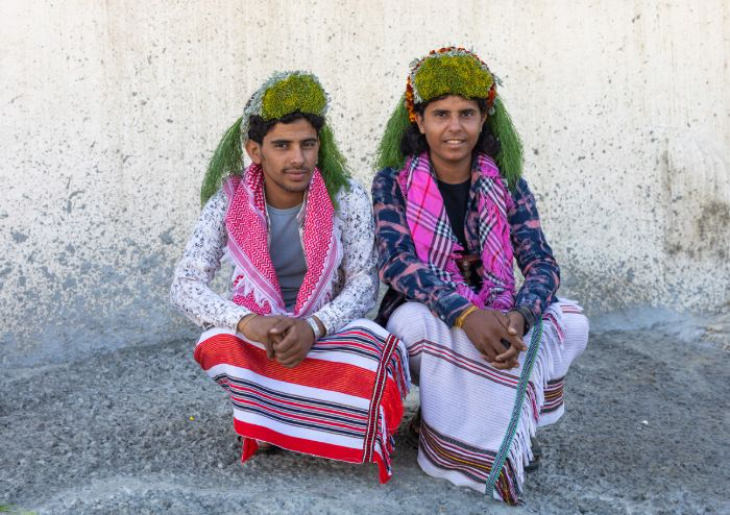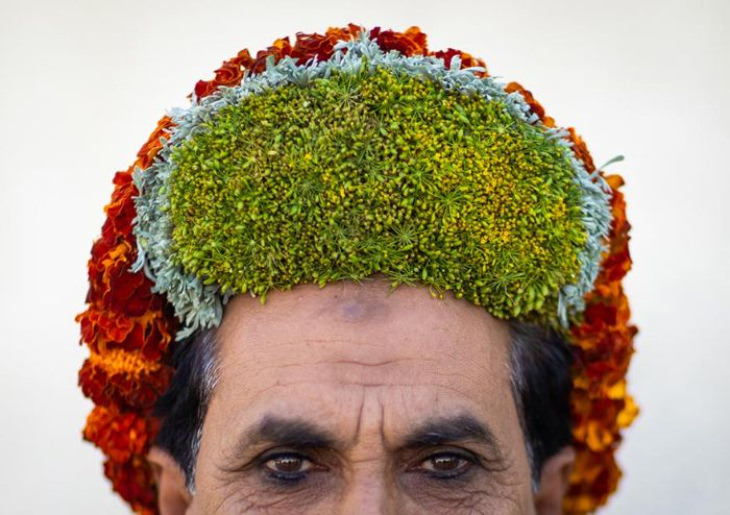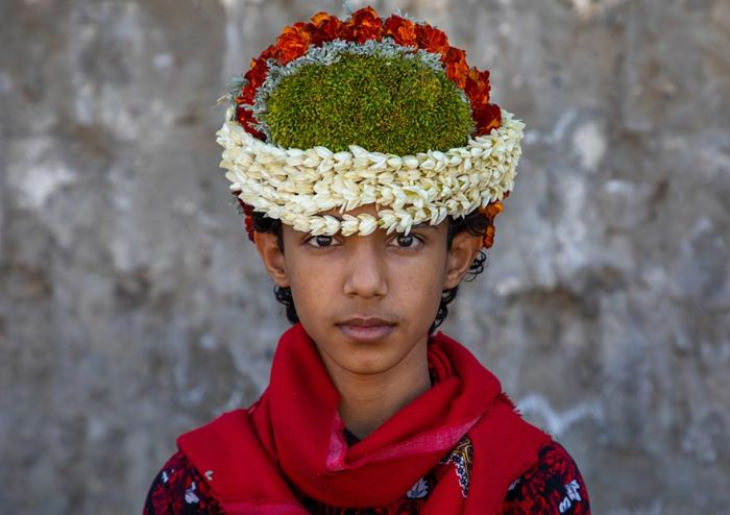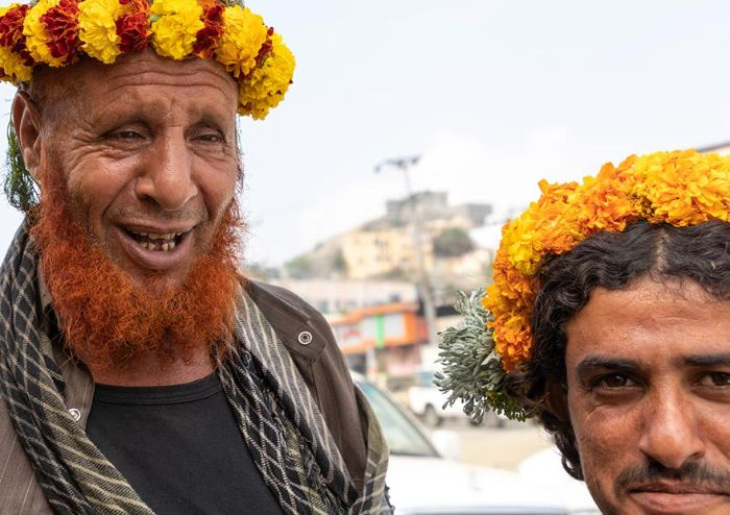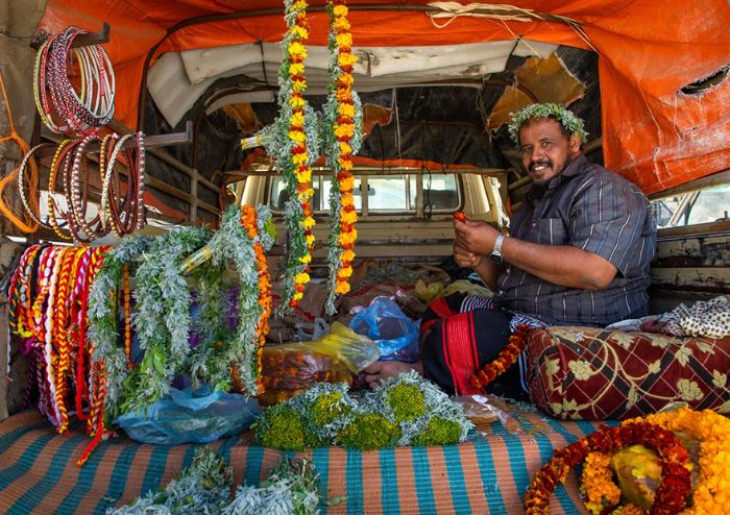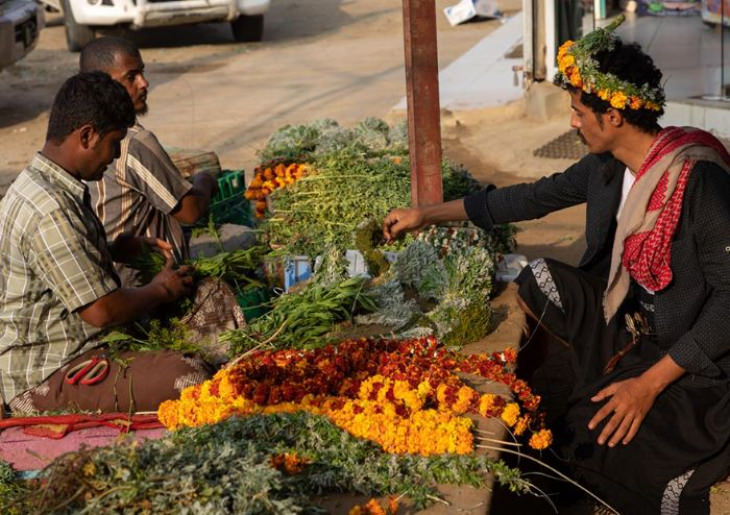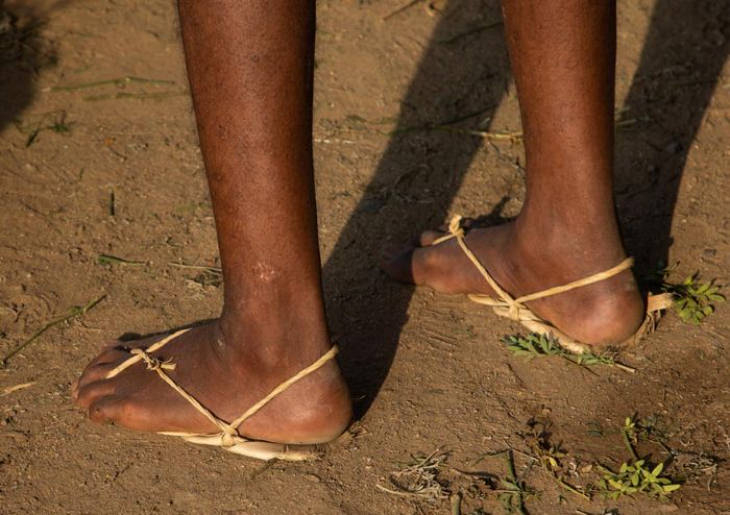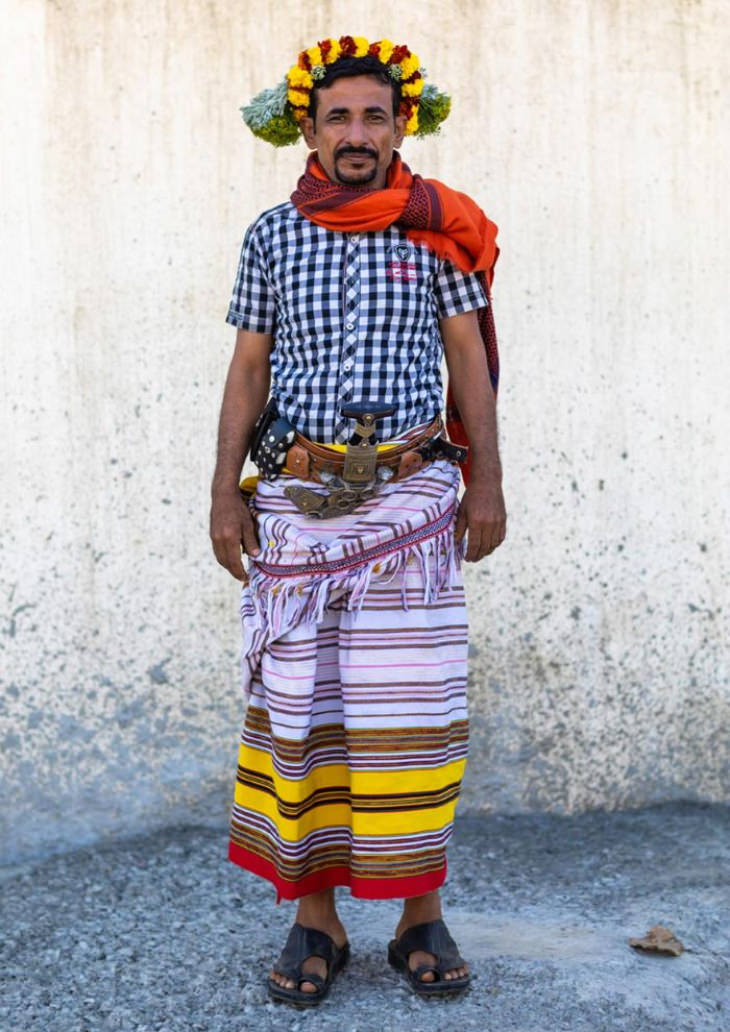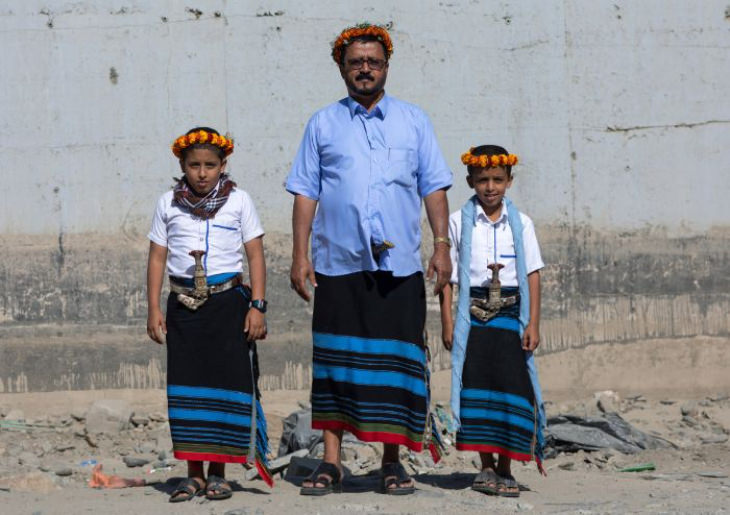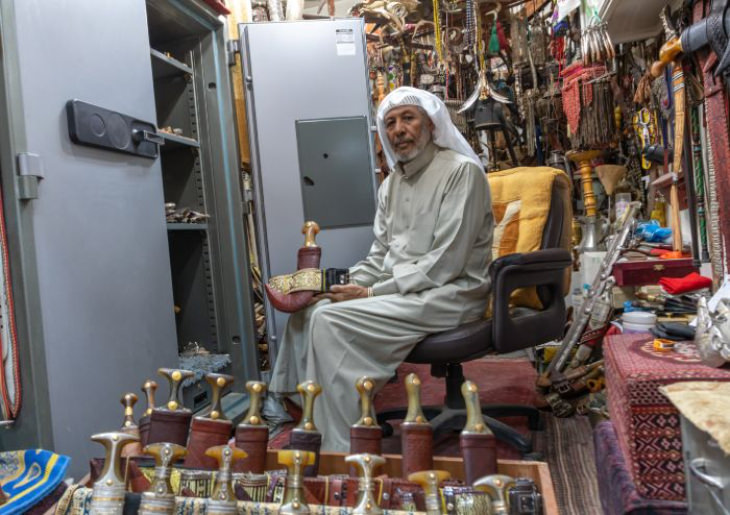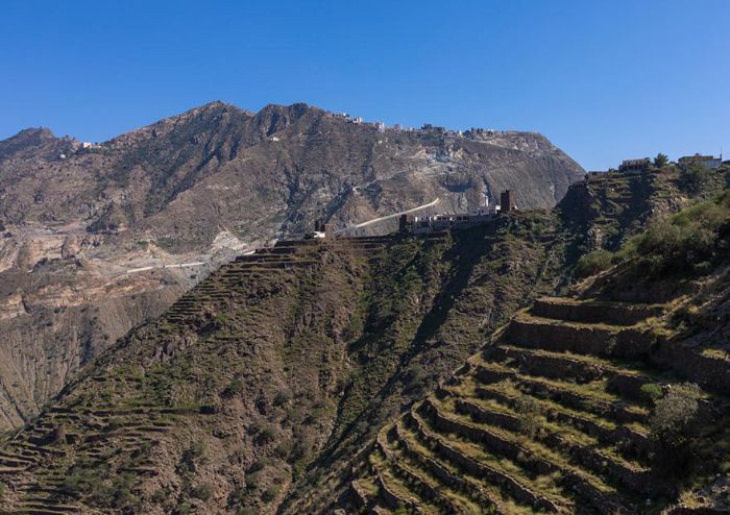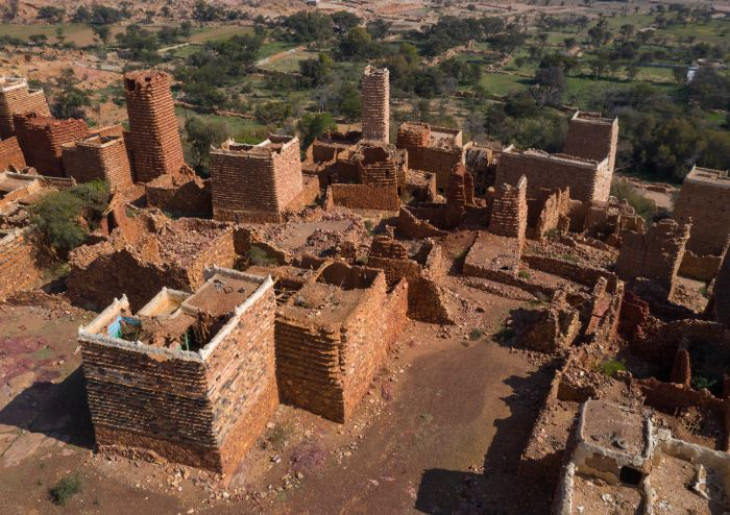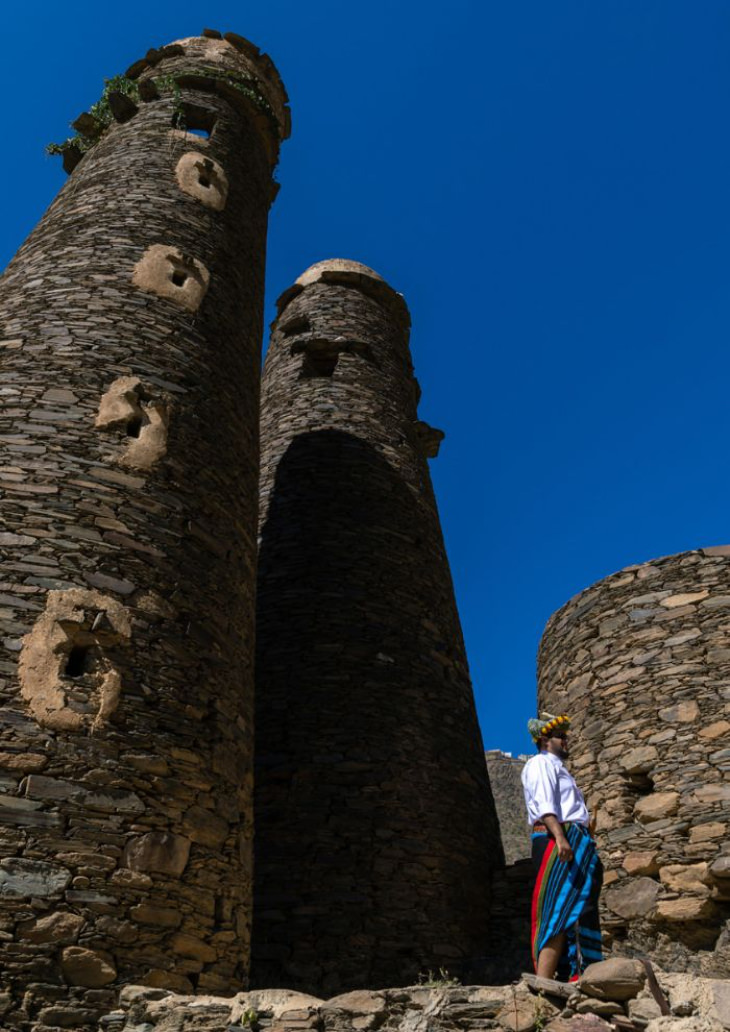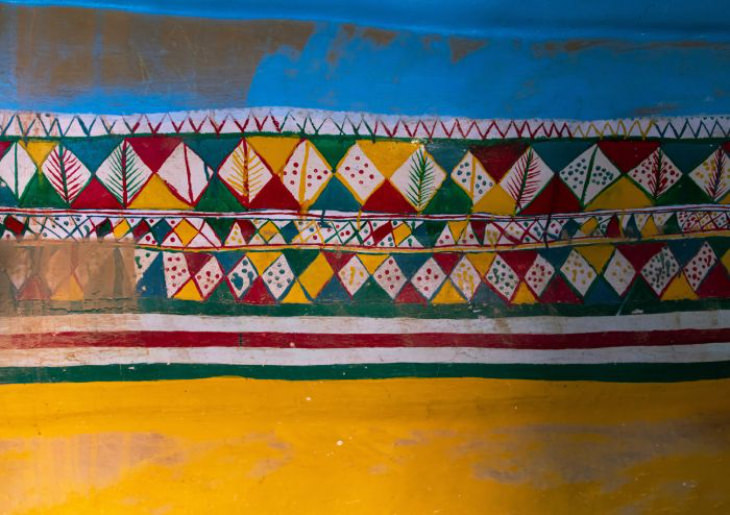

Marina Serra - the Natural Swimming Pool of Italy
The locals call it "una piscina naturale" - a natural swimming pool. It offers shallow waters and is hidden from the tides by natural stone walls.
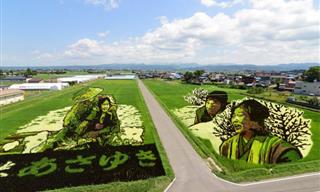
This Japanese Village Holds an Annual Rice Art Festival!
Learn all about Tambo Āto, the Japanese art of rice paddy paintings

11 Unique Museums to Visit in the City of Prague
we've compiled a list of the top 11 must-visit museums in Prague!

INTERACTIVE: 16 Gorgeous Places to See in Canada!
With this interactive map, you will be able to travel to some of the most beautiful places in a land already inundated with so many.

14 European National Parks Everyone Should Visit
When planning your next European adventure, be sure to set aside at least a day to visit one of the following national parks!
 9:04
9:04
Iceland's Deserts are Flowering Again With This Species
A purple flower has taken over Iceland's deserts...

10 World Heritage Gems You’ve Never Heard Of
These lesser-known UNESCO world heritage sites should be included in any traveler’s checklist.
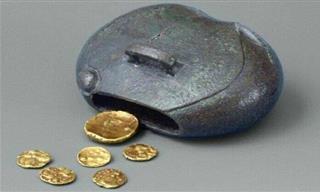
The Most Fascinating Archaeological Finds in Recent Years
These recent archaeological discoveries left us awestruck.

Secrets of the Underground: 14 Captivating Caves
Take a journey inside the earth's most stunning caves.
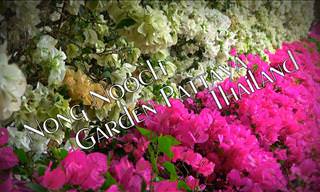 3:46
3:46
If You Love Flowers, You'll ADORE This Flower Park!
The Nong Nooch Tropical Botanical Garden is a beautiful flower park shown in this video.
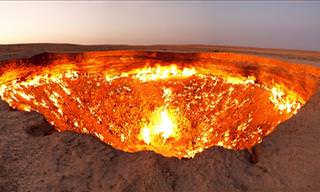
15 Stunning Places That a Lot of Tourists Don't Know About
There are many beautiful places in this world, however, as these photos prove, some are a lot more beautiful than others.
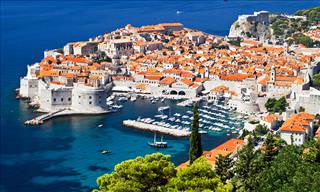
Discover the Delights of the Adriatic Sea in This Guide
The Adriatic Sea's coastline boasts many a beautiful destination, and this interactive guide will help you determine the ones for you. Take a look.

Visit the Coziest City in Europe: The Best of Budapest
If you ever happen to visit the capital of Hungary, stop by these tried and true tourist attractions in Budapest and you won't regret it.
 10:10
10:10
Bhutan: A Picturesque Country with No Homeless People
Take a journey of the tiny and beautiful Himalayan kingdom of Bhutan that is regarded as the happiest place in the world for many reasons.

8 Glorious Places on Earth That Are Largely Untouched
Here is a look at some of the most amazing untouched destinations on Earth that are inhabited by very few people.

Chile Has So Many Beautiful Natural Wonders It's Unfair
These photos will show you just why more than 2 million people come to Chile every year.

Super Collection: 12 Travel Guides for a Perfect Vacation
Traveling should be fun, and it certainly can and will with all these essential guides and handy travel tips!

14 Unforgettable Places One Should Visit in the UK
If all you know about England is London, these 14 incredible locations will surprise you, and possibly awaken your wanderlust...

Discover the Best of the American Midwest In This Guide
The American Midwest doesn't really have a reputation as a vacation spot, but there's tons of things to see. Here are 10 places you should definitely visit.

The Seven Ancient World Wonders Beautifully Reconstructed
We live in an age where technology allows us to do the impossible- check out these incredible digital reconstructions of the 7 Wonders of the Ancient World
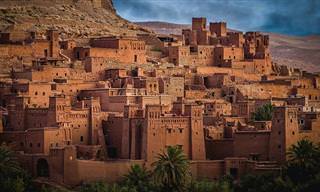
Take a Tour of 10 Beautiful Moroccan Destinations!
Morroco is justifiably called the "Pearl of the Dessert," and thanks to these 10 places shot in 4K you'll soon understand why...

Are These the Most Beautiful Streets in the World?
There's something so charming and beautiful about these streets that are surrounded by trees. Take a look at these stunning streets.

Hop Aboard the LONGEST Train Journeys in the World
Check out this list of the longest train journeys of the world that every travel enthusiast would love to embark on.

These Are 12 Of the Best Places to Walk Around the World
Of all the hiking trails in the world, these are the 12 best sites and places for those who want to travel with their feet.
 5:06
5:06
When Trains Sell Chickens: The Bizarre Story of Chiggen
This "Chiggen” was one of the most unusual trains in history. It was built for one job—sell chicken!

Why Do Passports Have Different Colors?
Most people don't suspect that the color of their passport actually has quite a lot of intention behind it. Here's what common flag colors really mean...

Take a Walk Along the Most Amazing Cliff Paths in the World
Come with us on a walk through some of the world's most spectacular cliff paths!
 11:08
11:08
Come Travel in One of the Most Gorgeous Places in Thailand
One of the most recommended places in Thailand is Ko Phi Phi...

15 Hauntingly Beautiful Shipwrecks Hidden Underwater
These sunken ships are just as fascinating as the Titanic.
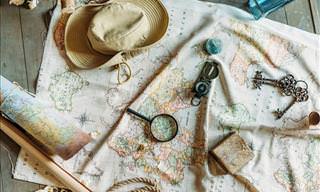 3:38
3:38
This is How to Best Pack a Suitcase When Going Abroad
Getting ready for a trip can be a real pain, especially when it comes to packing and taking care of your clothes. Thankfully, this video is here to help!
 10:14
10:14
Step Inside Italy’s Most Stunning Historic Palaces
Let's take a closer look at some of Italy's most impressive palaces.

8 Ancient Wonders You’ve Probably Never Heard Of!
Have you heard of these little-known ancient wonders?
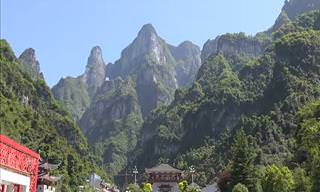 9:30
9:30
Take a Trip to China's Tianmen Mountain in Stunning 4K!
China is full of a natural beauty, but nothing comes remotely close to the stunning Tianmen Mountain. check it out in stunning 4K!

The Most Breathtakingly Beautiful National Parks in Japan
These Japanese national parks will delight all nature enthusiasts.

Iceland Like You’ve Never Seen: 18 Incredible Photos
Iceland is a truly one-of-a-kind destination.
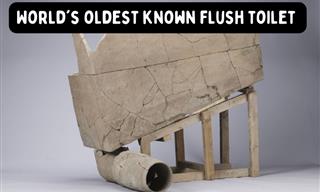
Here Are the Most Important Archaeological Finds of 2023
2023 was an interesting year for archaeology.
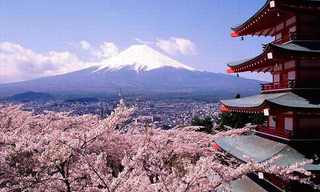
How I'd Love to Visit the Remarkable Mount Fuji...
Get to know the fantastic visuals and the rich history of this astounding mountain.
 2:42
2:42
Come See Mont Saint Michel as Birds Do
Enjoy this gorgeous video celebrating the unique beauty of this place.

8 Seemingly Impossible Places That Actually Exist on Earth
Here is a look at a few places from around the world that are known for being weird, creepy and seemingly impossible at times.
 11:11
11:11
Discover Sommarøy: The Island Where Time Takes a Break
Sommarøy is an island where time takes a break...

Vienna the Beautiful: 10 Sights You Have to See
Vienna is the political, cultural and economic center of Austria, and it's thousand-year history can still be seen today ...

15 Breathtaking Wonders of Nature You Probably Don’t Know
These 15 travel destinations may not be the most well known, but the incredible beauty in these places is definitely worth a peek
 5:56
5:56
6 Minutes of Magic in the City of Budapest
We invite you on a breathtaking 6-minute journey through Budapest in incredible 8K quality!

20 Gorgeous Routes to Drive On in the United States
America is a land full of open roads and Beautiful things to see. These are the top 20 trips I would definitely recommend you do.

Pearl of Southeast Asia: 5 Reasons You Need to Visit Burma
A comprehensive travel guide to Myanmar in Southeast Asia
 3:40:33
3:40:33
This Fantastic Tour of New York City Will Leave You in Awe
Ever wanted to visit New York City, but haven’t had the chance yet? This great video will whet your appetite until you get a chance to visit yourself!

15 Stunning Places That a Lot of Tourists Don't Know About
There are many beautiful places in this world, however, as these photos prove, some are a lot more beautiful than others.

Discover the Delights of the Adriatic Sea in This Guide
The Adriatic Sea's coastline boasts many a beautiful destination, and this interactive guide will help you determine the ones for you. Take a look.

Visit the Coziest City in Europe: The Best of Budapest
If you ever happen to visit the capital of Hungary, stop by these tried and true tourist attractions in Budapest and you won't regret it.

Retired and Want to Travel? Visit These 12 Amazing Places!
If you are planning a trip there is no reason to limit yourself. The following 12 destinations are great for those over 60!

These Magnificent Ancient Ruins Make Us Gasp in Awe
These 7 ancient ruins are not as popular as the Pyramids, but they are equally beautiful and well preserved, and deserve more attention!

Have You Seen the Spectacular Red Lands of China Before?
China is becoming more synonymous with pollution than natural beauty, but this area of the country is an exception. See the stunning Red Lands of China.
To enable your Ad-Free Subscription, please fill the fields below
Your subscription was successful, now you can enjoy an ad-free experience!!
Note: To make sure you get no ads, please make sure to log in to your account. If you are logged in already, then refresh the page. The subscription can be cancelled at any time.



